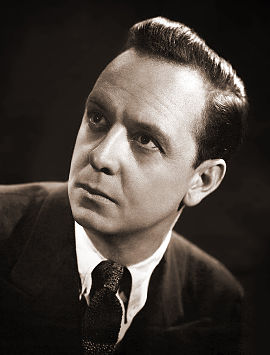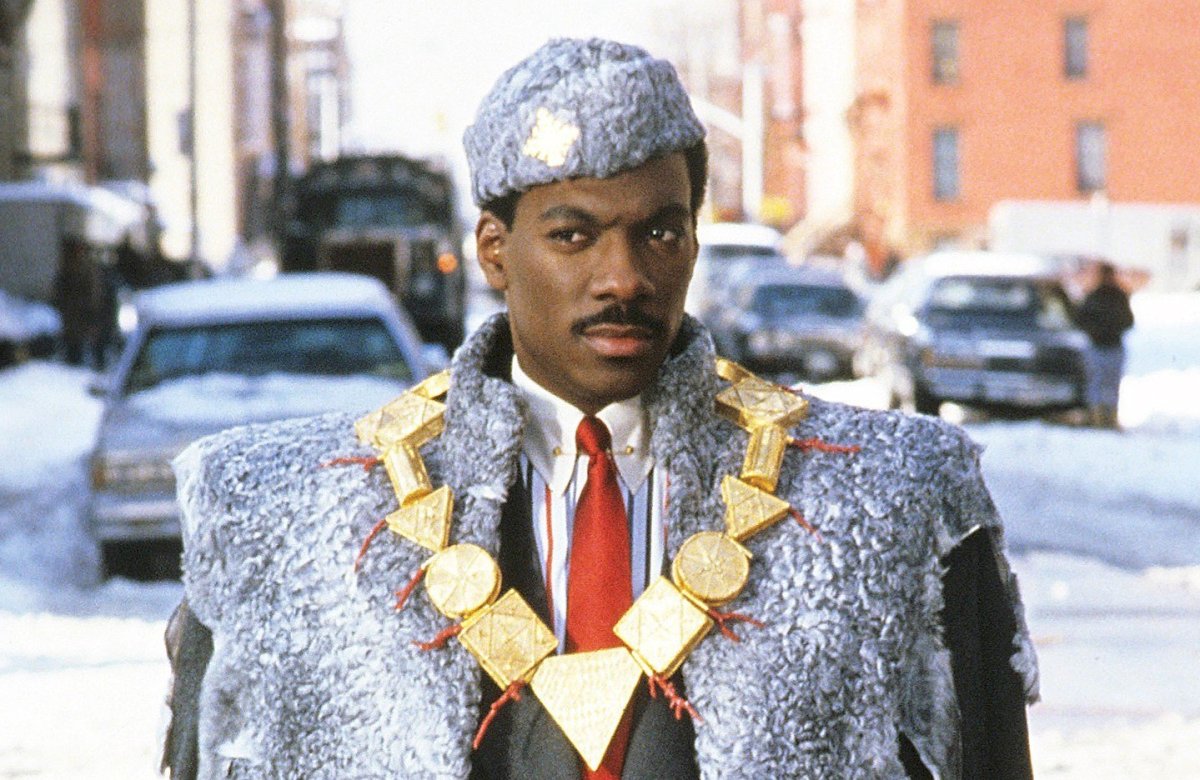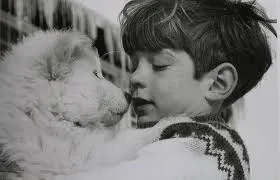In the world of classic television game shows, "What's My Line?" stands as an enduring icon. Premiering in 1950 and running for over 25 years, the show captured the hearts and minds of viewers across America, providing wholesome entertainment and showcasing the wit and charm of its celebrity panelists. Join us on a journey through the history, format, and lasting legacy of "What's My Line?" as we explore how it became a beloved institution in American television show.
The Genesis of a Classic

"What's My Line?" made its debut on February 2, 1950, as a radio program hosted by John Daly. The show's concept was simple yet brilliant: contestants would appear before a celebrity panel, and the panelists would pose yes-or-no questions to determine the guest's occupation. The catch? The panelists were blindfolded, adding an element of mystery and humor to the proceedings.
The transition from radio to television was a natural one, and on February 2, 1950, the first televised episode of "What's My Line?" aired on CBS, marking the beginning of a television phenomenon. John Daly continued as the host, and the show quickly gained a devoted following.
The Format and Gameplay

"What's My Line?" followed a consistent format throughout its run. Each episode featured a panel of four celebrity panelists and a guest contestant, whose occupation was kept secret from the panel. The contestant's occupation or "line" was known only to the host, John Daly, and the studio audience.
The contestant would enter and sign in, using a pseudonym or a first name only. The panelists would then take turns asking yes-or-no questions in an attempt to guess the contestant's occupation. For every "no" answer, the contestant would receive a small monetary prize. If the panel successfully guessed the contestant's line, the contestant would receive a larger cash prize.
The game continued until the panel successfully identified the guest's occupation or until a predefined number of rounds had been completed. In the latter case, the contestant would win a cash prize equal to the total number of questions that had been asked.
The show's charm lay in its simplicity and the witty banter among the panelists. As the questions became more focused and the answers more revealing, the tension would build, making for an engaging and entertaining viewing experience.
The Iconic Panelists

One of the hallmarks of "What's My Line?" was its illustrious roster of celebrity panelists. Over the years, the show featured a rotating cast of well-known personalities from the worlds of entertainment, journalism, and the arts. These panelists brought their unique personalities and styles to the show, endearing themselves to audiences and enhancing the overall appeal of the program.
Some of the most prominent and beloved panelists on "What's My Line?" included:
Dorothy Kilgallen

A respected newspaper columnist and journalist, Kilgallen was known for her sharp wit and tenacious questioning. Her presence on the panel added a dose of investigative journalism to the proceedings.
Arlene Francis

An accomplished actress and television personality, Francis brought charm, elegance, and a touch of humor to the panel. Her warm and affable demeanor made her a favorite among viewers.
Bennett Cerf

A celebrated author, publisher, and co-founder of Random House, Cerf's erudition and quick wit made him a standout panelist. His playful banter with fellow panelists was a highlight of the show.
Steve Allen: A multi-talented entertainer, Allen was known for his versatility as a comedian, musician, and television host. His humor and musical talents added a unique dimension to the panel.
Soupy Sales

Comedian and television host Soupy Sales brought irreverent humor and a mischievous spirit to the panel. His comedic antics were a source of laughter for both panelists and viewers.
These panelists, along with many others who joined the show over the years, contributed to the show's success and made "What's My Line?" a beloved television institution.
John Daly: The Gracious Host

At the helm of "What's My Line?" was John Charles Patrick Croghan Daly, who served as the show's host from its inception in 1950 until its conclusion in 1967. Daly's affable and unflappable demeanor made him the perfect host for the program.
Daly's role was to keep the game moving, provide occasional hints to the panelists, and engage in light-hearted banter with the contestants and panel. His catchphrase, "Is it bigger than a breadbox?" became iconic and added to the show's charm.
Daly's gracious and respectful hosting style endeared him to both the contestants and the audience. He had a knack for balancing the need for a fun and entertaining show with the respect due to the contestants, making "What's My Line?" a welcoming and enjoyable experience for all.
Memorable Moments

"What's My Line?" was known for its moments of humor, surprise, and occasional mishaps. Some of the most memorable moments from the show include:
Mystery Guest Appearances: The show featured a wide array of mystery guests, ranging from ordinary people with extraordinary occupations to celebrities incognito. The panel's reactions upon discovering the guest's identity were often priceless.

Groucho Marx's Guest Appearance: In one memorable episode, the legendary comedian Groucho Marx made a surprise appearance as a mystery guest. His quick wit and banter with the panelists created uproarious laughter.
Contestants with Unusual Occupations: "What's My Line?" showcased the diversity of occupations in America. From sword swallowers to dog food tasters, the show introduced viewers to people with fascinating and unusual lines of work.
The "What's My Line?" Mystery Wheel: In a playful twist, the show introduced the Mystery Wheel, which determined the panelist's occupation for the day. This random selection added an element of unpredictability to the show.
Contestant Failures: Sometimes, contestants stumped the panel with particularly obscure or unconventional occupations. These moments of panelist frustration, combined with witty repartee, added to the entertainment value of the show.
Cultural Impact and Enduring Appeal
"What's My Line?" achieved a significant cultural impact during its time on television and continues to be celebrated by fans and television historians today. The show's format allowed people from all walks of life to participate, highlighting the diversity of occupations and talents in America. The inclusion of famous guests, both as panelists and mystery guests, drew a wide range of viewers and added an element of excitement to the show.
The playful and often humorous interactions among the panelists and with the contestants created a warm and inviting atmosphere that resonated with audiences. The show's format was simple yet effective, making it accessible to viewers of all ages and backgrounds. "What's My Line?" continues to evoke a sense of nostalgia for the golden age of television and a bygone era of entertainment.
The Legacy of "What's My Line?"
After its original run ended in 1967, "What's My Line?" experienced a resurgence in popularity through reruns and syndication. It also inspired similar game shows and adaptations in various countries.
The show's legacy lives on through the enduring influence it had on television game shows and entertainment formats. The concept of guessing an individual's occupation or identity remains a staple in the world of television, with numerous shows owing a debt to "What's My Line?"
Additionally, the show's unique blend of entertainment and intellectual challenge helped pave the way for a wide range of game shows that would follow. Programs like "The Match Game," "To Tell the Truth," and "The Newlywed Game" drew inspiration from the success of "What's My Line?"
In popular culture, references to "What's My Line?" can be found in various forms, from parodies on sketch comedy shows to tributes in modern game shows. The show's influence can also be seen in the enduring popularity of panel-based game shows and the continued fascination with uncovering hidden identities.
Conclusion
"What's My Line?" stands as a testament to the enduring appeal of classic television game shows. Its innovative format, memorable panelists, and captivating mysteries captivated audiences for over two decades. The show's impact on television culture, its legacy of entertainment, and its ability to unite generations of viewers make it a true classic in the world of television.
As we reflect on the charm and wit of the celebrity panelists, the excitement of uncovering mystery guests' identities, and the timeless appeal of guessing "what's my line?" we recognize that "What's My Line?" will forever hold a special place in the hearts of those who appreciate the magic of classic television.



